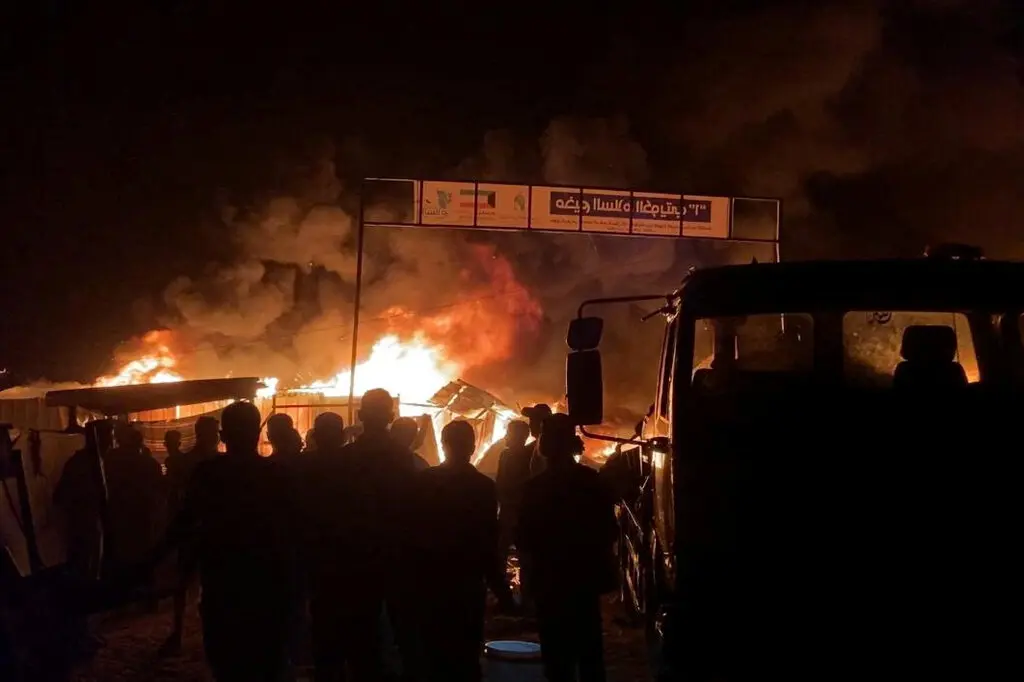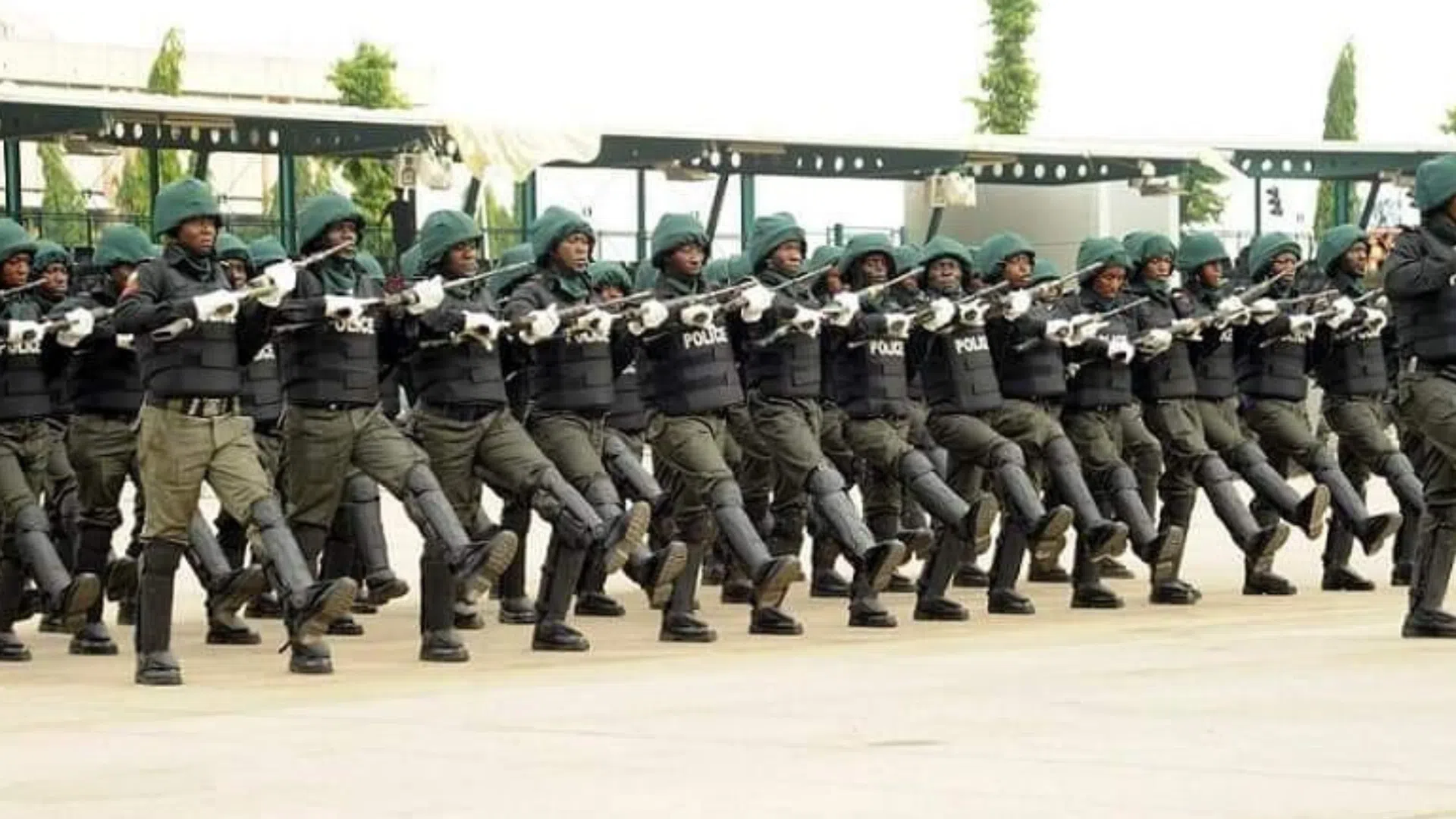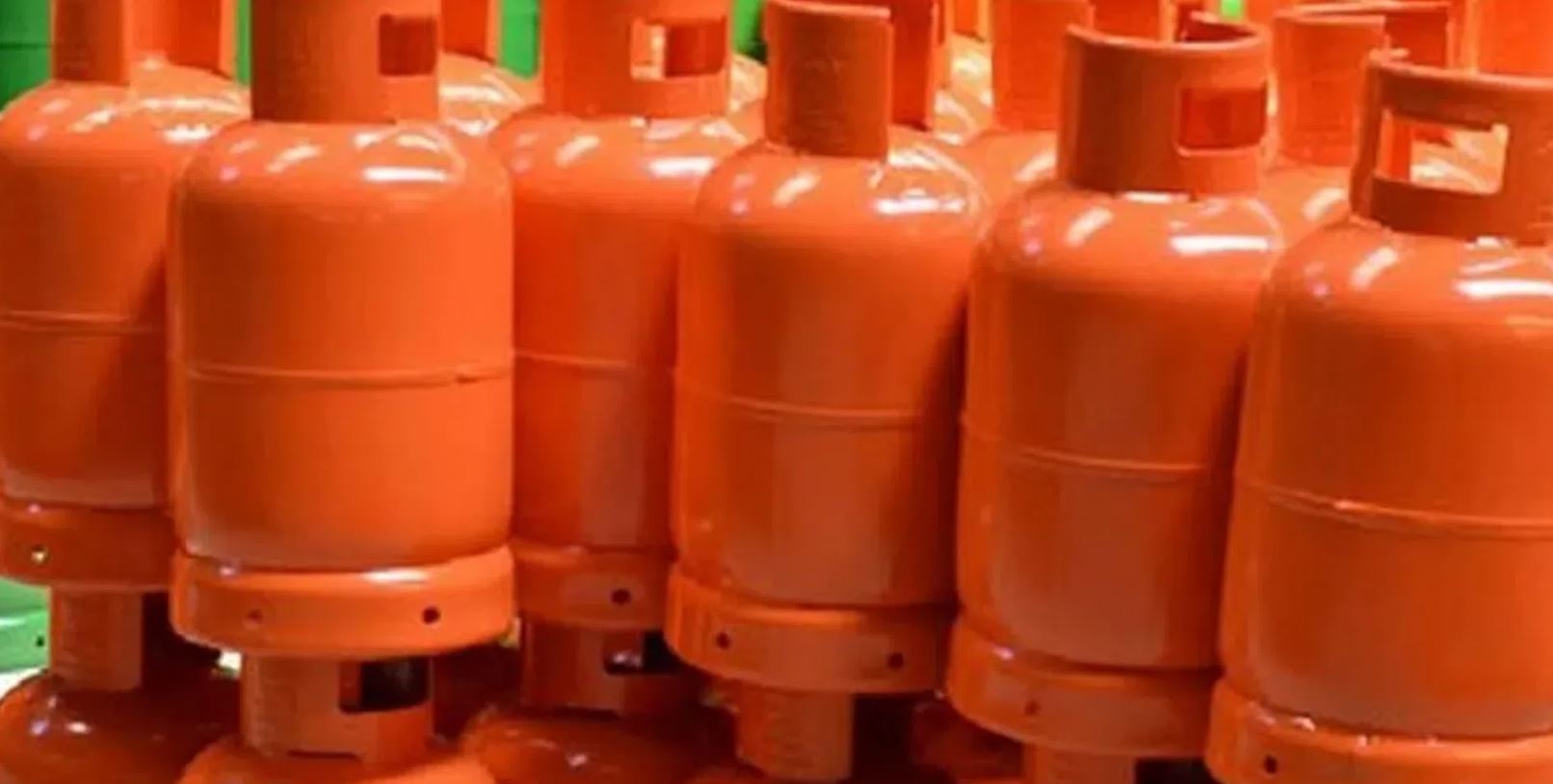The bombs used in the Israeli strike that killed dozens of Palestinians in a camp for displaced people in Rafah on Sunday were made in the United States, according to weapons experts and visual evidence reviewed by The New York Times.
Munition debris filmed at the strike location the next day was remnants from a GBU-39, a bomb designed and manufactured in the United States, The Times found. U.S. officials have been pushing Israel to use more of this type of bomb, which they say can reduce civilian casualties.
The key detail in the weapon debris was the tail actuation system, which controls the fins that guide the GBU-39 to a target, according to Trevor Ball, a former U.S. Army explosive ordnance disposal technician, who earlier identified the weapon on X. The weapon’s unique bolt pattern and slot where the folding fins are stowed were clearly visible in the debris, Mr. Ball said.
The munition fragments, filmed by Alam Sadeq, a Palestinian journalist, are also marked by a series of numbers beginning with “81873.” This is the unique identifier code assigned by the U.S. government to Woodward, an aerospace manufacturer based in Colorado that supplies parts for bombs including the GBU-39.
At least 45 people in Kuwaiti Al-Salam Camp 1, which was built in early January, were killed by the blast and subsequent fires, according to the Gazan Health Ministry. More than 240 were wounded.
U.S. officials have been encouraging the Israeli military for months to increase the use of GBU-39 bombs in Gaza because they are generally more precise and better suited to urban environments than larger bombs, including U.S.-made 2,000-pound bombs that Israel routinely uses. President Biden said earlier this month that the United States was pausing a delivery of the larger bombs.
“The strike was conducted using two munitions with small warheads suited for this targeted strike,” Rear Adm. Daniel Hagari, the Israeli military spokesman, said during a news conference on Tuesday. The bombs contained 17 kilograms of explosive material, he said. “This is the smallest munition that our jets can use.”
In response to questions from The Times, the Israeli military declined to specify the munition used. The GBU-39 has a net explosive weight of about 17 kilograms, or 37 pounds.
Admiral Hagari said the military had taken steps to narrowly target two Hamas leaders, who he said were killed in the strike, and did not expect the munitions to harm nearby civilians. The bombs were dropped on sheds inside a camp for internally displaced people, and many tents were visible close by. Footage shows that the bombing set off deadly fires.
Admiral Hagari said the Israeli military’s investigation was continuing. He suggested the fire might have been sparked by a secondary explosion, which he said indicated there may have been weapons stored in the area.
“Our munition alone could not have ignited a fire of this size,” Admiral Hagari said.




















